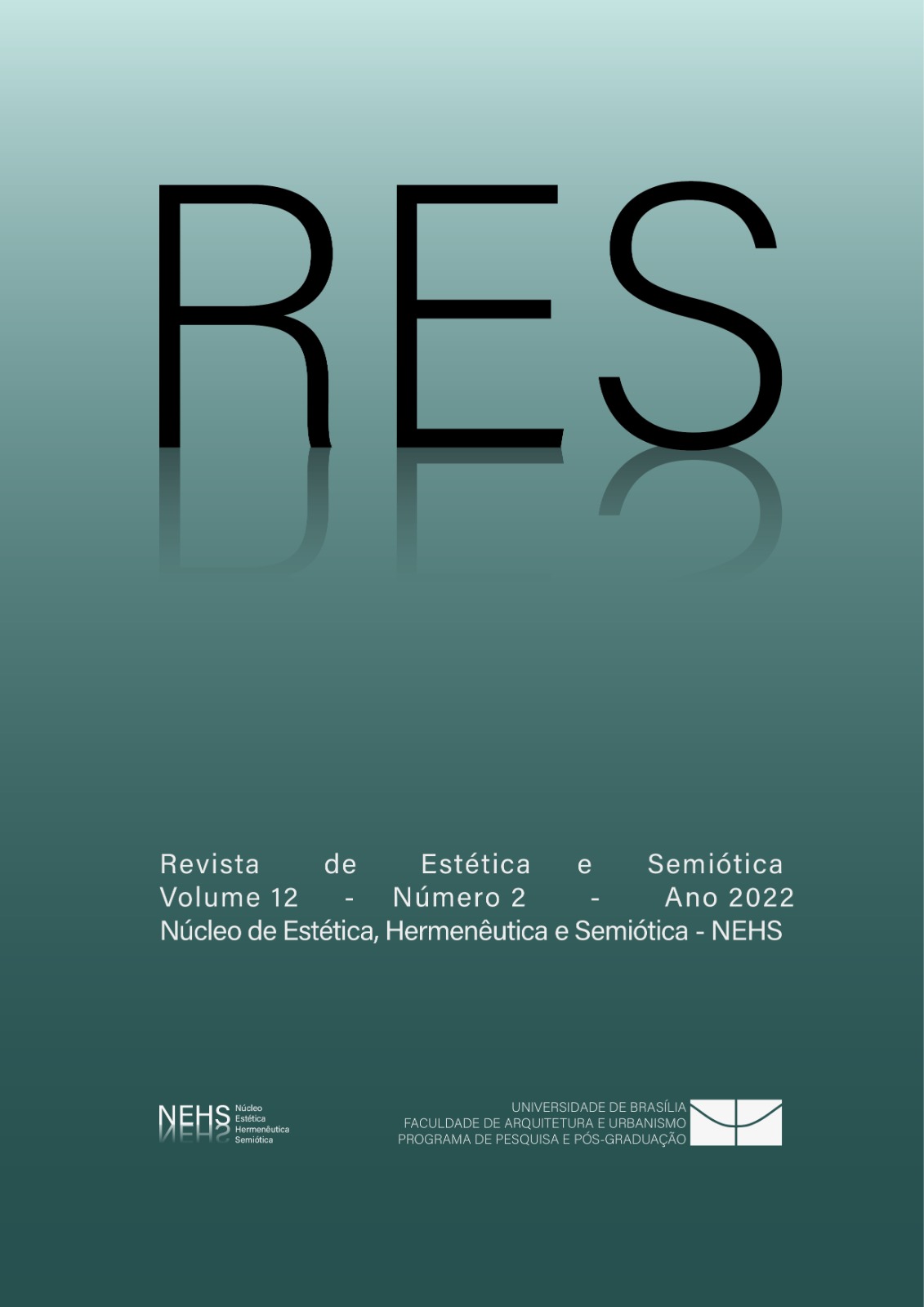Esta es un versión antigua publicada el 2023-09-15. Consulte la versión más reciente.
Ciudad y poder
DOI:
https://doi.org/10.18830/issn2238-362X.v12.n2.2022.06Resumen
La necesidad de reformular la ruta de las ciudades italianas durante el Renacimiento hicieron emerge un nuevo diseño basado en reglas y formulaciones que valoran la sectorización y la geometrización de las calles. Este diseño corre el riesgo de volverse rígido, generando una imagen de autoritarismo y subvirtiendo el concepto desarrollado por los tratadistas italianos que la ciudad debe generar condiciones para desarrollo de una conciencia de ciudadanía.
Descargas
Los datos de descargas todavía no están disponibles.
Descargas
Publicado
2022-11-28 — Actualizado el 2023-09-15
Versiones
- 2023-09-15 (3)
- 2023-09-15 (2)
- 2022-11-28 (1)
Cómo citar
Borges, C. (2023). Ciudad y poder. Revista Estética E Semiótica- RES, Revista Estética Y Semiótica, 12(2). https://doi.org/10.18830/issn2238-362X.v12.n2.2022.06 (Original work published 28 de noviembre de 2022)
Número
Sección
Artigos
Licencia

Esta obra está bajo una licencia internacional Creative Commons Atribución-NoComercial 4.0.




